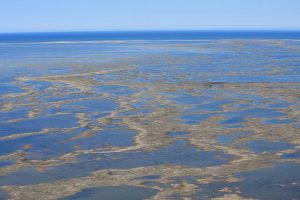
Environment
Key Biodiversity Areas bring conservation close to home
One of the most complex challenges for nature conservation comes from a simple question: what must we save?
- 1075 words
- 5 minutes
This article is over 5 years old and may contain outdated information.
Mapping
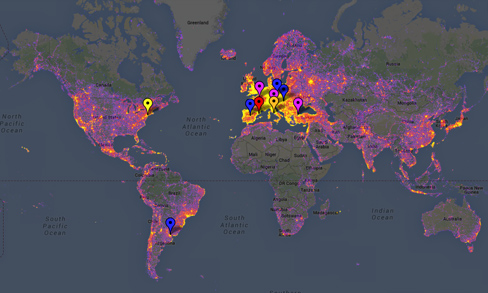
Is your city crawling with camera-toting tourists? Compare it with other photogenic cities using Sightmap, a sightseeing popularity heatmap that uses crowdsourced data to determine the most photographed place in the world.
The data comes exclusively from Panoramio, a photo-sharing site that regularly supplies photos to Google Earth. So, take the results with a grain of salt. It doesn’t account for photos shared to other corners of the internet, or – *gasp* – photos that not shared online at all.
As you may have deduced, the brighter areas indicate more photos being submitted in that place. Zoom in to explore somewhere you’ve never been, through the lens of others. Popular places also include links to Wikipedia and Foursquare among other sources.
Are you passionate about Canadian geography?
You can support Canadian Geographic in 3 ways:

Environment
One of the most complex challenges for nature conservation comes from a simple question: what must we save?
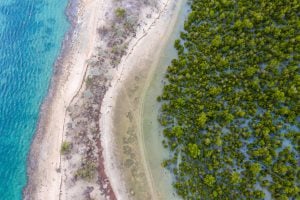
Mapping
Mangroves provide a range of benefits, including protection from storms and the prevention of coastal erosion
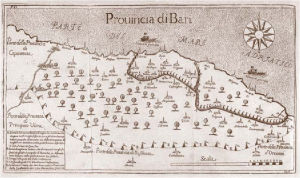
Mapping
‘Maps aren't magic,’ says University of British Columbia prof — but during disease outbreaks, they can help us sort good information from bad
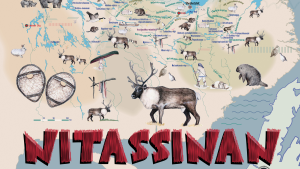
Mapping
An Innu school board has created a map to pass on intergenerational knowledge to schoolchildren